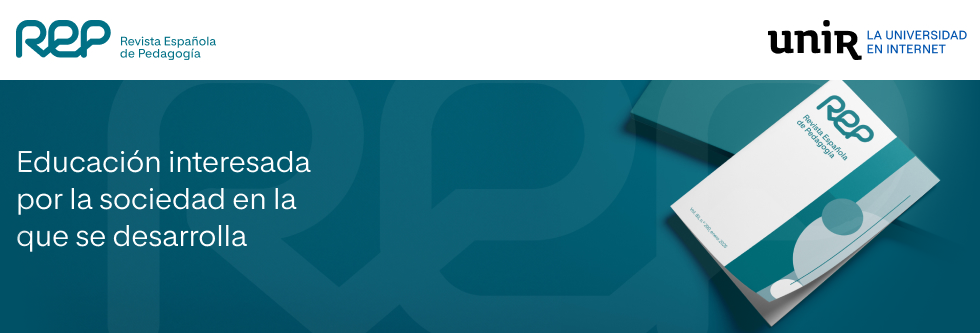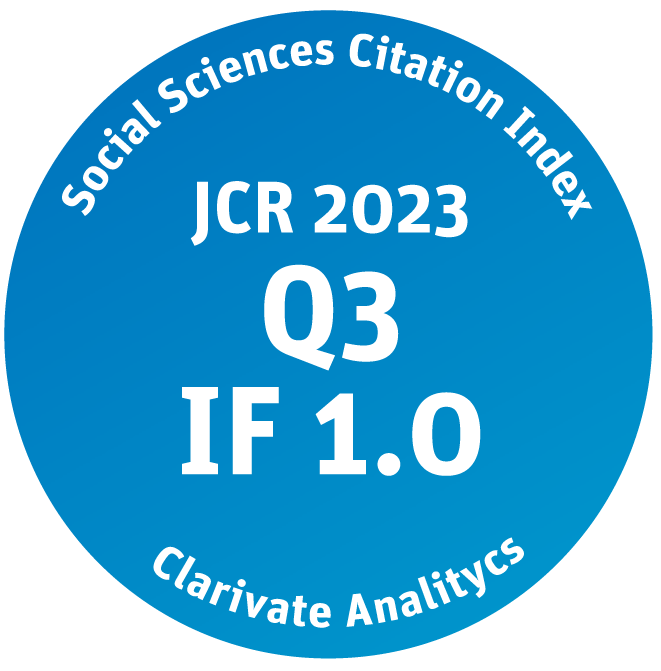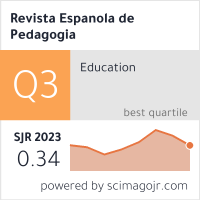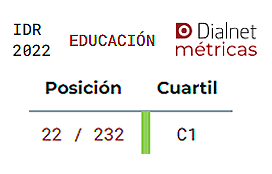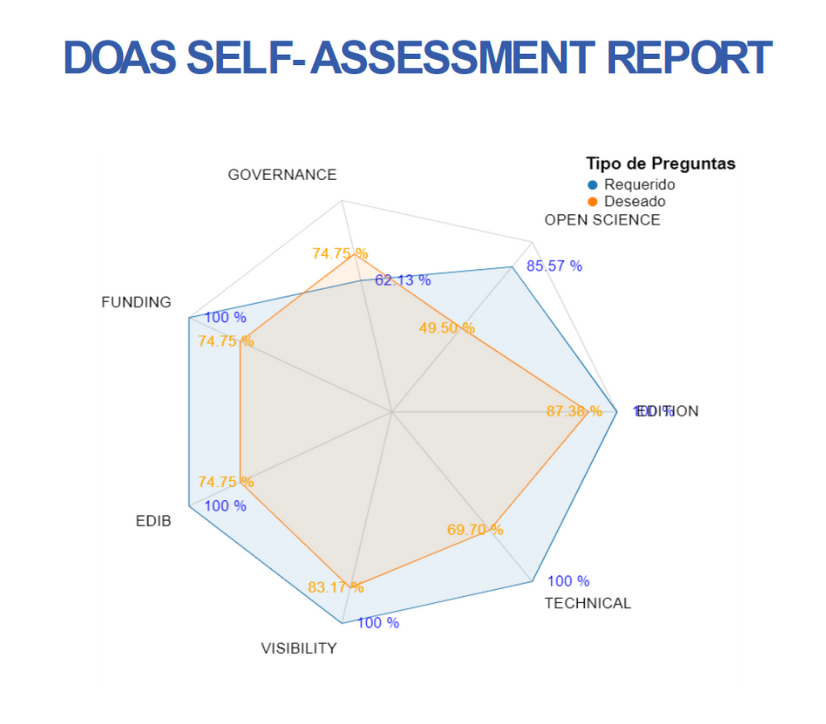DOI
10.22550/2174-0909.3938
Abstract
In a post-pandemic setting that has required the reformulation of teaching-learning spaces, the pedagogue Sonia Rivas and the architect Héctor García-Diego have published the book Educational settings: Dialogues between architecture, design, and education. Although interest in the influence of space on the quality of teaching–learning processes was already present in educational discussions, the context of the health crisis has brought it to the forefront. The book starts from the change in paradigm in the understanding of homes, which were traditionally spaces dedicated to privacy, rest, and family life but have become places for work and study; and how spaces traditionally designed for learning (universities and schools) have been permeated by the need to be places that are accommodating, livable, and capable of embracing vulnerability. The emergency situation and the experience of the summer course on the dialogue between education and architecture organised by the editors at the Universidad de Navarra after the lockdown of 2020, provide a justification and purpose for this book.
Throughout the book, the etymological and necessary connection between the verbs “to learn” and “to inhabit” in Spanish (‘aprender’ / ‘habitar’) is repeatedly mentioned. What is learnt is absorbed insofar as it is inhabited (it becomes a habit) and possessed through the senses. Similarly, the spaces where this happens are directly influenced by the greater or lesser possibilities of time and space that architecture facilitates. The value of this book (which features a prologue, an introduction, and twelve chapters) lies both in the contributions made by the twenty-one authors who have participated from the fields of education and architecture and/or design (nine chapters are collaborations between authors from each discipline) and in its editing. Architecture and education open up to each other in a complementary and, at the same time, unifying dialogue.
Stephen Heppell, the author of the prologue, opens by setting out what he believes will be the educational challenges of the next seventy-five years. The innovative focus is the handling of the undeniable paradigm shift that digital tools and social media have introduced both in the endeavour of learning and in comprehension of the material world. Distance learning, which has a long history, is something more than real in recent years, as Alexi Marmot explains in the introduction. By its very nature, distance learning does not happen in a formal architectural space. Hence the response that Rivas and García-Diego offer in chapter eight on the possibilities and needs for transformation of homes that are the site of remote work and/or learning activities (whether through unavoidable circumstances, like the pandemic, or by choice, for example studying a MOOC) and they open a debate on the best material conditions (light, furnishings, space) and environmental ones (order, routines, and family dynamics) for this to be a success.
The book does not present a linear argument and the chapters do not share a single theory of education or architecture. However, certain questions, reflections, and concepts underlie all of them. One of these is the postmodern concern with ecology and learning. Although also forming part of its relationship with the environment, ecology refers to the question of the total growth of the person in relation to its own nature. Juliette Heppell sets out the case of the Brightlingsea Beach School based on the learning outside the classroom (LoC) methodology. In chapter four, Carolina Ugarte and Jorge Tárrago Mingo consider the impact that architectural spaces open to the outdoors and in connection with nature have on learning and on well-being and the evidence for this. Chapters eleven and twelve implicitly illustrate this concept of ecology in the relationship between architecture and special educational needs. Ligia Solís Salido and María Villanueva Fernández provide valuable examples of typical school furnishings that facilitate concentration for students with ADHD. In addition, the architect Miguel A. Alonso del Val describes the design process followed in the Andrés Muñoz Garde special education centre in Pamplona.
As noted above, methodological and architectural proposals need to go hand in hand to create learning spaces that open their doors to vulnerability, personal development, and the connection with the other or with the task in hand. So, the chapter by Stephen Heppell and Farid Mokhtar Noriega provides a holistic analysis of healthy learning environments. Also, in chapter three, Pablo Campos Calvo-Sotelo and Laura Luceño-Casals consider this when providing an overview of training places for creative specialities in the university (in this case, for degrees in architecture and fashion) while stating how these spaces influence meaningful learning.
The combination of principles and retrospective examination of practical experiences in Rosan Bosch’ contribution in chapter two (where she shows how pedagogical principles guide the design of learning spaces in her studio) makes this a good companion for chapter nine, by María Villanueva Fernández and Sonia Lara Ros. Architecture and pedagogy suggest the potential of architecture in the development of creativity in the triad of society–school-classroom through different examples of reference schools in the USA, Finland, and the Netherlands. Similarly, the essentially theoretical chapter by Carmen Urpí Guercia and Clara Eslava Cabanellas is of special value as it reclaims and explains in Spanish the diagrams John Dewey proposed in Art as Experience (1934) for organising the school.
As is apparent, the book’s structure means the chapters can be read in the order proposed or readers can plot their own course and see the connections between them. The discussion between Ana Costa París and Juan Miguel Otxotorena Elicegui on how educational theories transform how spaces are understood is based on the presentation of a university centre and a school designed by Otxotorena. This chapter also comes relates to the one written as a dialogue between Santiago Atrio and Jaime Úbeda. The authors ask each other questions and answer them, and so the reader finally concludes that there is a need to situate human educability as a guiding vector when generating architectural proposals.
As a systemic reality in which many factors are at play and responsibilities are shared, education ultimately desires the habitation of its spaces. Spaces that have been questioned and transformed as a result of social and cultural changes in recent decades, and which will continue to be questioned and transformed in coming decades. This scenario requires this dialogue and comprehension between educators and architects, beyond the principles given by their respective disciplines. The converging approach this book proposes opens up a broad outlook to other dialogic approaches of this type.
Carmen María Basanta Vázquez ■
Citación recomendada | Recommended citation
Basanta Vázquez, C.
(2024)
.
Rivas, S. & García-Diego, H. (Eds.) (2022). Escenarios de aprendizaje. Diálogos entre arquitectura, diseño y educación [Educational settings: Dialogues between architecture, design, and education]. Tirant lo Blanch. 409 pp..
Revista Española de Pedagogía, 82(287).
https://doi.org/10.22550/2174-0909.3938
Licencia Creative Commons | Creative Commons License
Esta obra está bajo una licencia internacional Creative Commons Atribución-NoComercial 4.0.
This work is licensed under a Creative Commons Attribution-NonCommercial 4.0 International License
